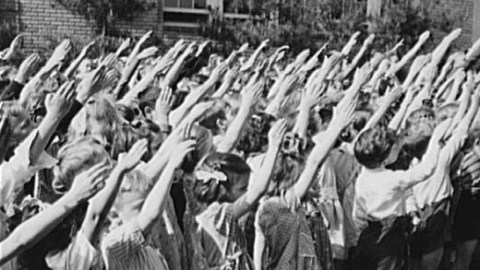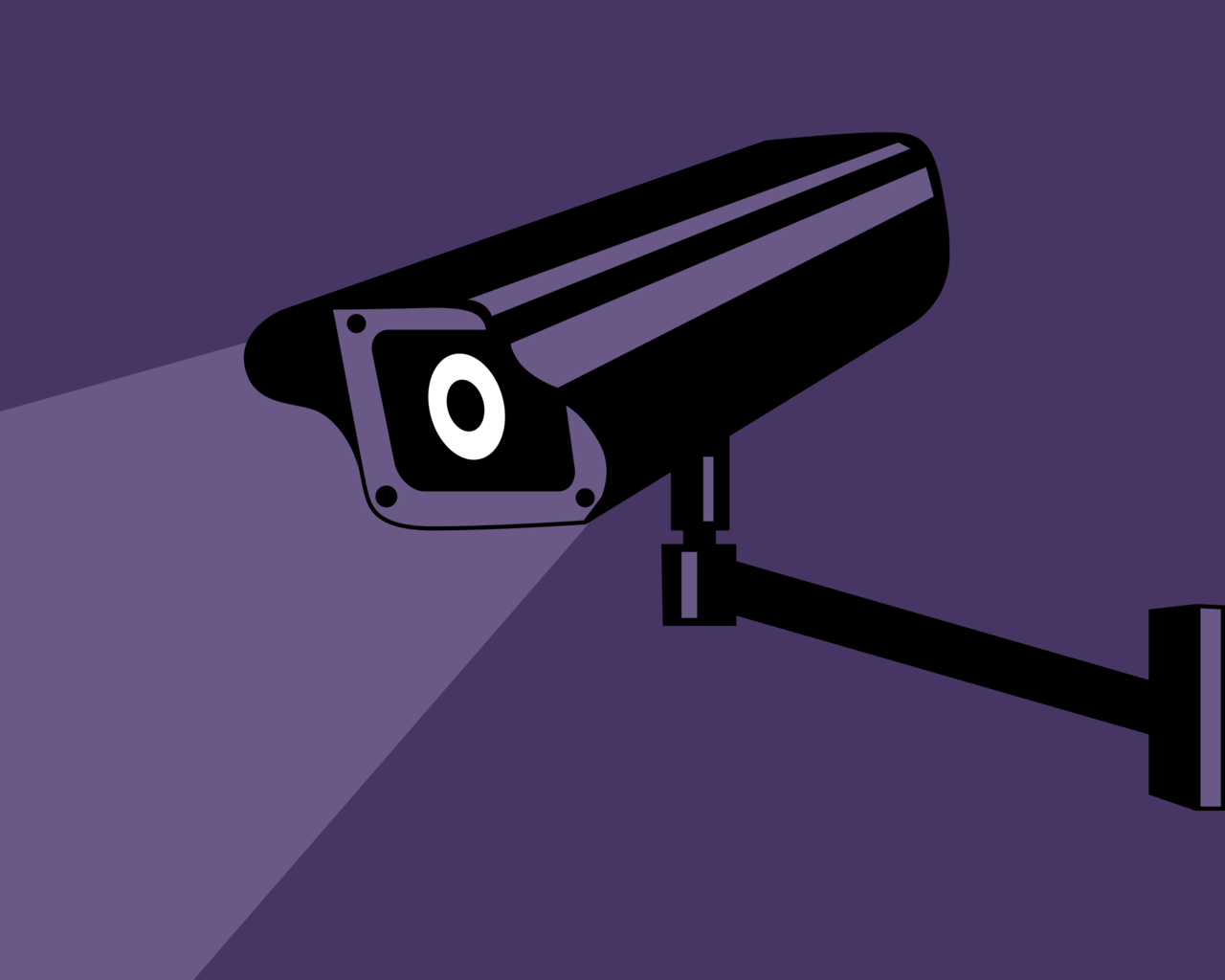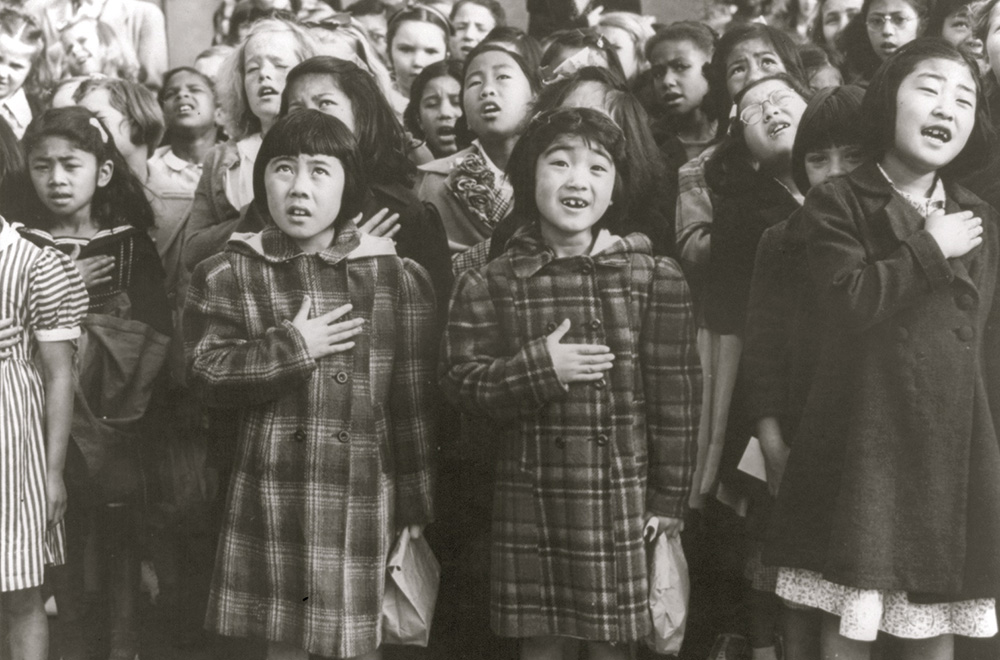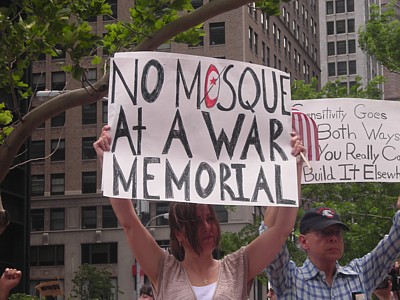Why We Used To Salute the Flag

When I wrote last week about the fact that all California state employees have to sign a loyalty oath, a reader took issue with the picture I posted of school children saluting the American flag with what looks like a Nazi salute. “You do have a problem,” the reader wrote.
The picture, which is of Hawaiian schoolchildren pledging allegiance in 1941, was real. I should have explained in my article that—as another reader pointed out—when the Pledge of Allegiance was first introduced in 1892, it was accompanied by what was called “the Bellamy Salute.” The gesture was named after Francis Bellamy, who wrote the Pledge of Allegiance as part of a Columbus Day promotion for a magazine that was selling flags. When Bellamy, a Baptist minister who was part of a movement to put flags in every school, put together a program for the Columbus Day celebration, he called on students to give the flag a military salute, “right hand lifted, palm downward, to a line with the forehead and close to it.”
The resemblance to the Nazi salute is therefore historically a coincidence, except insofar as both were inspired by the idea—perhaps apocryphal—that the ancient Romans used the same gesture. Nevertheless, during World War II the similarity between the Bellamy Salute and the Nazi Salute made Americans uncomfortable, and in 1942 President Franklin D. Roosevelt rewrote the Flag Code and replaced the Bellamy Salute with the hand-over-the-heart gesture that we used today.
It was not fair of me to seem to suggest by my use of the picture that there’s any equivalence between the Pledge of Allegiance and the Sieg Heils given at Nazi rallies. Nevertheless, while there’s no historical connection between the Bellamy and the Nazi salutes, the resemblance between the two is not entirely coincidental. Public declarations of loyalty to the Fatherland are a crucial feature of fascist regimes, which demand that citizens surrender their individuality to the common ideal of the whole people.
That’s precisely the problem I have with the Pledge of Allegiance and with loyalty oaths in general. Several of my readers suggested that signing a loyalty oath as a condition of taking a state job was really the least I could do. I certainly have every intention of serving the government and my community. But democracies like ours are founded on the principle that the government owes allegiance to the people, not the other way around. We’re not asked as citizens of a democracy to serve our government unconditionally. Nor do we ostracize people simply because they’re critical of or have reservations about the state. We only require that they obey our laws and register their whatever dissent they wish to peacefully.





